August 1, 2009
CBI Reaches Webcasting Settlement Through 2016!
Last Updated on August 1, 2009 by askcbiorg
CBI has been working long and hard to address the most troublesome the legal issues concerning webcasting for student college radio stations. We have achieved results along the way (SWSA settlement of 2003, less stringent recordkeeping and reporting requirements than proposed, etc.) After years of filing comments, visiting with lawmakers, surveying members, etc., etc., etc., we are now able to report that we have achieved meaningful, long-term results through a settlement under the Webcaster Settlement Act of 2009 and potentially more! Some highlights…
- Stations that average under 75 simultaneous users will have the option of submitting reports of use that do not require any audience data (ATH of ATP) or paying a $100 proxy fee in lieu of any reporting.
- Stations with an average concurrent audience of over 75 will be required to submit reports of use, but they will not have to submit audience data.
- The fee for these stations remains at $500 annually through 2016 unless the station has an ATH above 159, 140 (~208 average concurrent users in any month).
Through the years, we have found that stations biggest complaints concerning the requirements concerning webcasting were the recordkeeping and reporting requirements. The fees has been an issue of concern, but not as big of a burden as the requirements, because the fee was a non-issue of the other requirements were so burdensome that they could not comply even if they could afford the fees. ( Stations do need fight the imposition of a new fee!) A recent survey conducted by CBI found that nearly all Noncommercial Educational Stations, operated by students (“NEWs”) were unable to comply with the current requirements which includes sample data from two weeks eaxh calendar quarterathat would include information about songs played, per quarter and reporting that information in a format required by SoundExchange, including audience information known as ATH*. In December of 2008, the Copyright Royalty Board (“CRB”), issued a Notice of Proposed Rule Making (“NPRM”) that would require stations to provide “census data” (24/7/365 information about songs) and require ATP* in lieu of ATH*.
As outlined above, under the settlement, stations with an average concurrent audience of less than 75 listeners may either pay a $100 fee in lieu of providing ANY data or provide the sample reports and NOT be required to report ATH (or ATP).
Stations with an audience of 75-218 average concurrent users (159,140 ATH) each and every month of the calendar year only need to report song data (song, album, artist, label and play frequency (number times the song played during the sample)) for two weeks each calendar quarter. The report does not need to include ATH or ATP!
Stations that do not exceed 218 average concurrent listeners will pay a $500 annual fee and if they elect the reporting proxy, an additional $100 proxy fee.
Stations that exceed 159,140 ATH need to pay additional usage fees and be required to submit census (24/7/365) data concerning songs played, but they will not be required to provide ATH or ATP with reports of use.
The reports of use rules negotiated also provide fexceptions or stations that unexepectedly exceed the caps. In other words, if your station suddenly rises in popularity for and temporarily exceeds the established cap (either the 75 or 218 concurrent listener cap per month), your station will not automatically be pushed to the next level of recordkeeping/reporting requirements. However, if your monthly ATH exceeds 218 average concurrent listeners, you will be required to pay additional royalties for the listenening above the cap, but you still won’t be required to change your reporting requirements if you take steps to avoid exceeding the cap in the future.
Please keep in mind that the above is a general description of the settlement. The text of the settlement is available here.
While the Webcaster Settlement Act of 2009 does not allow for the terms of the settlement to be precendtial, CBI and SoundExchange have agreed to submit the terms of the settlement in the arbitration process for 2011-2016, before the CRB. If the CRB agrees to accept the settlement (in whole), the rates and terms (including recordkeeping), will become precedent, which means that SoundExchange would have to, in the future, argue that the rates and terms set forth in the settlement are no longer valid. This puts our members in a much better position in the future.
Questions about this settlement should be submitted through our contact page.
*ATH = Aggregate Tuning Hours – In short, it is the total amount of time users spend listening to the webcast. For example if you have one user listening for one hour, your ATH would be 1 for that hour. If you had 10 people listening for one hour, your ATH would be 10.
Here is the definition from the settlement.
“ATH” or “Aggregate Tuning Hours” shall mean the total hours of programming that a Noncommercial Educational Webcaster has transmitted during the relevant period to all listeners within the United States over all channels and stations that provide audio programmingconsisting, in whole or in part, of Eligible Transmissions, including from any archived programs,less the actual running time of any sound recordings for which the Noncommercial Educational Webcaster has obtained direct licenses apart from 17 U.S.C. § 114(d)(2) or which do not requirea license under United States copyright law. By way of example, if a Noncommercial Educational Webcaster transmitted one hour of programming to 10 simultaneous listeners, the Noncommercial Educational Webcaster’s Aggregate Tuning Hours would equal 10. If three minutes of that hour consisted of transmission of a directly licensed recording, the Noncommercial Educational Webcaster’s Aggregate Tuning Hours would equal 9 hours and 30 minutes. As an additional example, if one listener listened to a Noncommercial Educational Webcaster for 10 hours (and none of the recordings transmitted during that time was directly licensed), the Noncommercial Educational Webcaster’s Aggregate Tuning Hours would equal10.
ATP = Actual Total Performances – In short this means calculating the number of people (devices) which are connected to your webcast during each and every song that is not directly licensed.
The settlement does not define ATP.
37 CFR 370.3 defines a performance.
(8) A performance is each instance in which any portion of a sound recording is publicly performed to a Listener by means of a digital audio transmission or retransmission ( e.g. , the delivery of any portion of a single track from a compact disc to one Listener) but excluding the following:
(i) A performance of a sound recording that does not require a license ( e.g. , the sound recording is not copyrighted);
(ii) A performance of a sound recording for which the service has previously obtained a license from the Copyright Owner of such sound recording; and
(iii) An incidental performance that both:
(A) Makes no more than incidental use of sound recordings including, but not limited to, brief musical transitions in and out of commercials or program segments, brief performances during news, talk and sports programming, brief background performances during disk jockey announcements, brief performances during commercials of sixty seconds or less in duration, or brief performances during sporting or other public events and
(B) Other than ambient music that is background at a public event, does not contain an entire sound recording and does not feature a particular sound recording of more than thirty seconds (as in the case of a sound recording used as a theme song).
The settlement does not require the calculation of either data point, except to the extent that you need to know your ATH in order to determine your recordkeeping options/responsibilities. For stations that limit their streams by bandwidth usage, number of concurrent users or other constraining metric, it will not be required that you actually measure your ATH in order to be able to make the proper reporting election.
[/fusion_builder_column][/fusion_builder_row][/fusion_builder_container]



